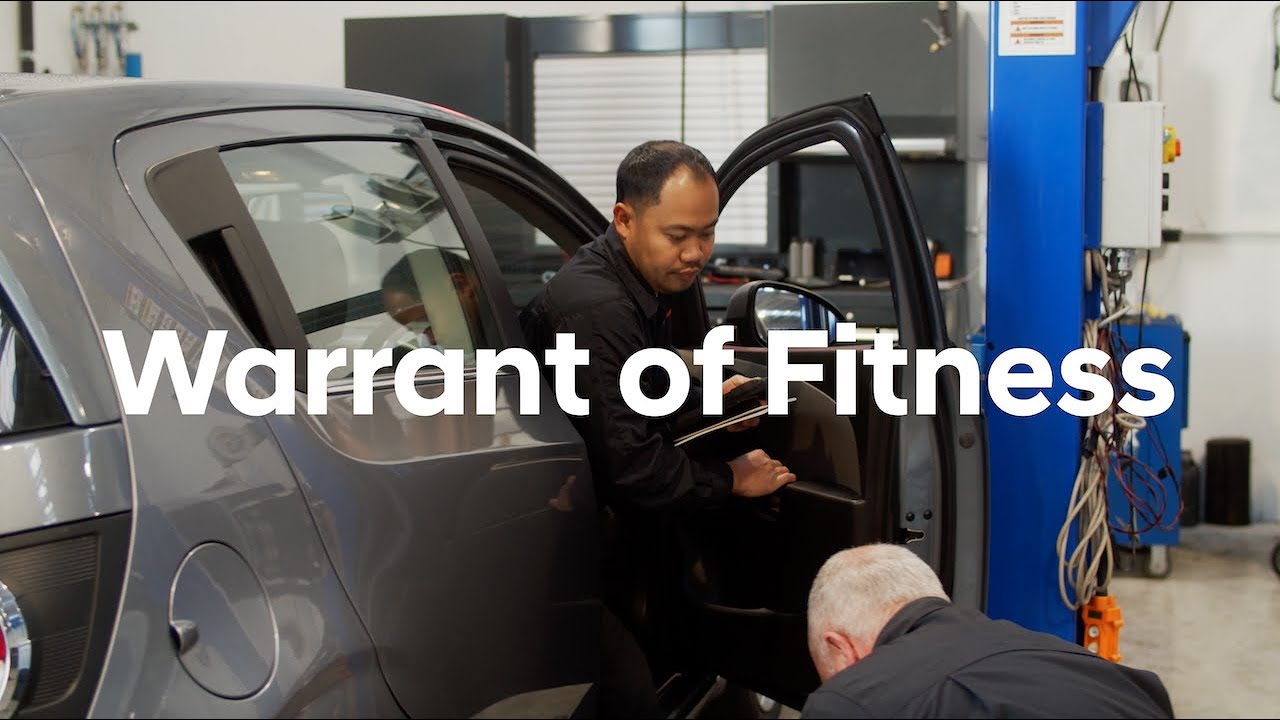Your car is much more than just a machine. Your car is your friend on the road. Understanding the subtleties of wheel alignment is essential to keeping your car in top condition.
You may be concerned about the cost of wheel alignment, but it is a small expense that has big rewards. We will describe the wheel alignment process, why it is important, and how often it should be considered.
Join us and buckle up as we pave the road to a smoother and safer ride.
What is wheel alignment?
The wheel alignment process, also called car alignment or tyre align, is a vital part of vehicle maintenance. It’s a method for fine-tuning your car’s angles. It is important that the wheels are perfectly parallel and upright with respect to the ground.
This precision is important because it allows for optimal contact between the tyre and road surface. Correct alignment of your wheels promotes uniform wear on the tyres, resulting in a longer tyre life. It also plays a vital role in stabilising the handling of your vehicle, making it move smoothly and predictably.
What are the symptoms of an out-of-alignment car?
What is your car trying tell you? Listening to your car will help you understand subtle signals that indicate a misaligned vehicle. By paying attention to these symptoms, you can address alignment issues quickly and ensure a smoother ride.
Here are some common signs of a car that is out of alignment:
1. Uneven Tire Wear
- You may notice that certain tyres wear down faster than others. This is a sign that your wheels have not been properly aligned.
- It happens when misaligned tires cause uneven pressure to the tyres. This leads to irregular wear patterns.
2. Vibrations in the steering wheel
- When your steering wheel vibrates at high speeds or when you’re turning, this is often an indication of an alignment problem.
- Unbalanced wheels can cause vibrations to be transmitted through the steering system
3. Pulling One Side
- Your car will pull to one side due to misaligned tires, even if you are driving straight.
- The vehicle may veer from its course if you feel this pulling sensation
4. Drifting or wandering
- If your car seems to be drifting or wandering around without your input, this is another sign of alignment problems.
- When the steering wheel is centered, properly aligned wheels will keep your vehicle moving straight.
5. Uneasy Handling
- Alignment problems can be indicated by a feeling of instability or difficulty in controlling your vehicle.
- It can be difficult to maintain your vehicle’s intended path during turns or highways.
These signs are a good indicator of a car that is out of alignment. Ignoring the symptoms could lead to uneven tire wear, reduced fuel efficiency and compromised safety. It’s important to get your alignment checked if you notice these symptoms. This will ensure that your vehicle performs at its best.
What is the procedure for wheel alignment?
The wheel alignment process is meticulous and ensures that your vehicle drives straight, has good handling, and maximizes the life of its tyres. This is a crucial aspect of vehicle care that can improve safety and performance.
Here is a step-by-step guide to wheel alignment.
1. Initial Inspection
This process starts with a thorough vehicle inspection, which includes the tyres and suspension components as well as the steering system. This inspection identifies any issues that could affect the alignment process.
2. Sensors for mounting
Sensors are mounted on your vehicle’s wheel using specialized equipment. These sensors are vital for collecting data during the alignment process.
3. Alignment Rack Installation
The vehicle is then driven onto a platform or alignment rack. This platform is used to ensure your vehicle is level and provides a stable surface during the alignment process.
4. Measurement of Current Alignment
The technician will measure the alignment settings on your wheels before making any adjustments. The technician will also measure the toe, camber and caster angles.
Wheel Alignment Adjustments
The technician adjusts the angle of the wheels on your vehicle based on measurements and manufacturer specifications. What each adjustment involves is:
1. Camber Adjustment
- The vertical tilt of a wheel is called camber.
- Uneven tire wear can be caused by a camber that is not correct
- The technician aligns the camber with the manufacturer’s recommendations
2. Caster Adjustment
- The caster is the tilting of the wheel forward or backward.
- The correct caster alignment is essential for steering stability
- The adjustments are made when necessary
3. Toe Adjustment
- The toe angle is the direction in which the wheels are pointed, whether they’re parallel or slightly turned outward or inward.
- Correct toe alignment is vital for steering accuracy
- The toe angle is adjusted by technicians to meet the specifications
Final Measurements
The technician will then perform a set of final measurements to ensure that the wheels have been aligned correctly.
1. Test Drive
A test drive can be performed to ensure that the adjustments made for alignment have improved the handling and stability.
2. Alignment Report
You will receive a report detailing both the initial and the final measurements. This confirms that your vehicle is now aligned to the manufacturer’s specifications.
How much does wheel alignment cost?
If your wheels are not properly aligned, this can lead to uneven wear of the tyres, resulting in premature replacements. Proper wheel alignment has many benefits, including improved fuel efficiency, greater control and reduced accident risk.
Let’s now discuss the price of Wheel Alignment in Calgary AB. Price can vary depending on your vehicle, the location and service provider. In Calgary AB, the average cost of a wheel alignment is between Rs300 and Rs500.
It’s a good idea to compare prices when looking for a wheel alignment. Choose a service provider with the latest alignment equipment.
To achieve accurate results, ensure that the alignment is done on a flat surface. Consider revisiting the alignment several weeks later to ensure that it is still holding.
How often should wheel alignments be done?
It is important to know how often your vehicle should be checked for wheel alignment. This will ensure that it performs well and stays safe.
How often should you have your wheel alignment checked?
1. Annual Check
- It’s recommended to have your wheels aligned at least once per year.
- The alignment of the vehicle can be detected by performing a routine check.
2. Symptom-Based
- Watch for symptoms such as steering vibrations or pulling one way.
- Do not wait until your annual alignment check to have any issues addressed.
3. After Impact
- It’s important to check your alignment immediately if your vehicle has experienced a major impact such as hitting a pothole or curb.
- These incidents can cause your wheels to be out of alignment, and negatively affect your driving experience.
4. Tire Replacement
- When you replace your tyres consider this a good time to have the wheel alignment checked and if needed, adjusted.
- The new tyres can wear unevenly on a vehicle that is misaligned, and their lifespan will be reduced.
The Benefits of Wheel Alignment
Wheel alignment is a great way to improve your driving experience. It can also increase the longevity of your vehicle. Here’s the breakdown:
1. Tires with a longer life span
- Wheel alignment is important to ensure that your tyres are worn evenly.
- It will not only prolong the life of your tyres, but you can also save money by avoiding premature replacement.
2. Fuel Efficiency Improvements
- The correct alignment of wheels can reduce rolling resistance
- It means that your vehicle will encounter less resistance on the road. This translates to improved fuel efficiency.
- Save money and resources by getting more kilometres for each litre.
3. Stability and Handling Enhanced
- The vehicle will handle more predictably if it is aligned properly, particularly during turns and maneuvers.
4. Safety Driving
- The alignment of your wheels is important for overall road safety, and it reduces the chance that you vehicle will pull to one side.
- It reduces the risk of an accident, especially during sudden maneuvers or in adverse road conditions.
5. Smooth Ride
- A smoother, more comfortable ride is possible when the wheels are properly aligned.
- Your journeys will be more enjoyable with fewer vibrations.
What is the difference between wheel alignment and tire balancing?
The two procedures are different but complementary. The main focus of wheel alignment is the angle and position of the wheels relative to your vehicle and the road. Imagine it as the “directional compasses” of your car.
When the steering wheel has been centered, your car will travel straight. By ensuring that all four wheels are working in harmony, it improves handling, stability and tyre life.
The distribution of weight is addressed by balancing the tyres and wheels. It is designed to eliminate uneven weight distributions that can cause vibrations and wobbling when driving. Tire balancing is essential for a vibration-free and smooth ride.
The Bottom Line
You can make your journey smoother, more cost-effective, and safer by understanding the basics of wheel alignment. Wheel alignment is about ensuring that your wheels are pointing in the right direction. Tyre balancing keeps your ride comfortable and vibration-free.
Regular wheel alignments will extend the life of your tyres, improve fuel economy, and enhance handling while prioritizing safety. Tyre balancing also adds comfort to your car.
Don’t forget these steps when it comes to vehicle maintenance. Keep your vehicle in top condition to enjoy a more comfortable and enjoyable drive.





